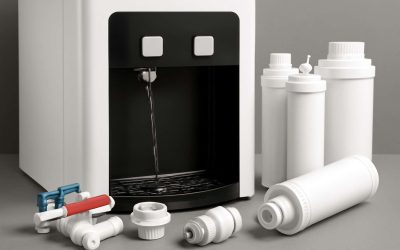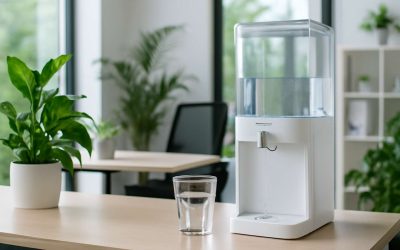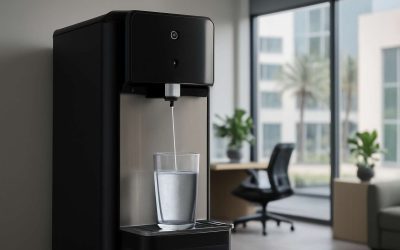Water supply is the process by which water is obtained from natural resources and delivered to consumers. It includes not only the delivery of freshwater to households, businesses and industries but also wastewater treatment and sanitation. Water supply is a key factor in human survival, and is vital to the economy of developed nations.
A water supply system is a complex network of pipes, pumping stations, and storage facilities that distributes water from source to consumer. Like other lifeline systems (electric power, natural gas and liquid fuels, telecommunications and transportation), water supplies are critical to the functioning of industrialized societies and are important in emergency response and recovery after disasters.
The primary sources of drinking water are surface and groundwater aquifers, rivers, lakes and reservoirs. Three-fourths of the water withdrawn from watersheds in the United States comes from rivers, lakes and reservoirs, with one-fourth coming from groundwater aquifers. Almost all of the water withdrawn for public supply in urban areas is consumed as drinking water, with the remainder used to generate electricity and for irrigation.
Most water utilities use some form of metering to allocate the cost of water supply to users. Using a metering system provides an incentive to conserve water and helps protect water resources. It also allows utilities to postpone expensive system expansion, save energy and chemicals for treating and delivering water, and locate distribution losses. In addition, a metering system allows utilities to charge for water on the basis of consumption, a practice that is generally perceived as fair and equitable by consumers.
In most urban areas in the world, most of the costs associated with water supply are fixed and only a small fraction depends on how much water is consumed. This includes costs for capital investment, personnel costs, and operational expenses such as chemical treatments and energy to move water and treat it for human consumption. Traditionally, only part of these costs are billed to consumers; the rest is subsidized by local, regional or national governments.
How Does Water Get to My Faucets?
The water from the city’s water main line travels to your house through a water supply line, which is usually made of copper, brass, galvanized iron, or plastic. A water supply line may be as little as 3/4 inches in diameter, and can run from the street to your home’s main plumbing line or to individual faucets throughout your house.
Once the water arrives at your house, it enters through a main valve and flows through your house’s plumbing and into each faucet. Most of the water in your house is supplied by this main line, while a smaller quantity travels through hot and cold water lines to each fixture.
Many municipalities use a combination of a flat fee and a variable rate to bill their customers for water. A flat fee structure involves a uniform per-unit price that varies depending on water usage, while a variable rate structure charges different groups of consumers differently, such as charging residential households and commercial/industrial users a different price for metered units of water they consume.



0 Comments